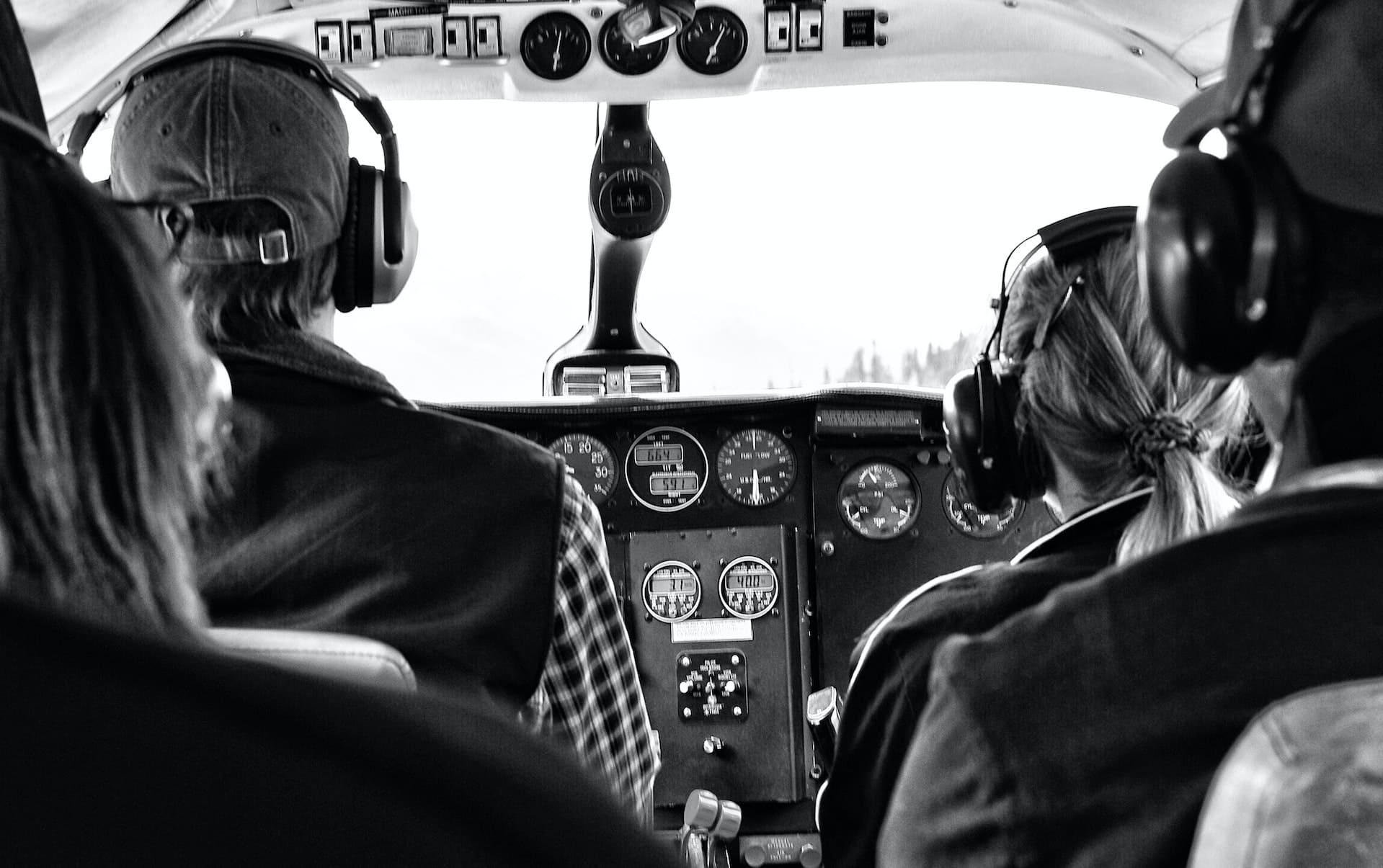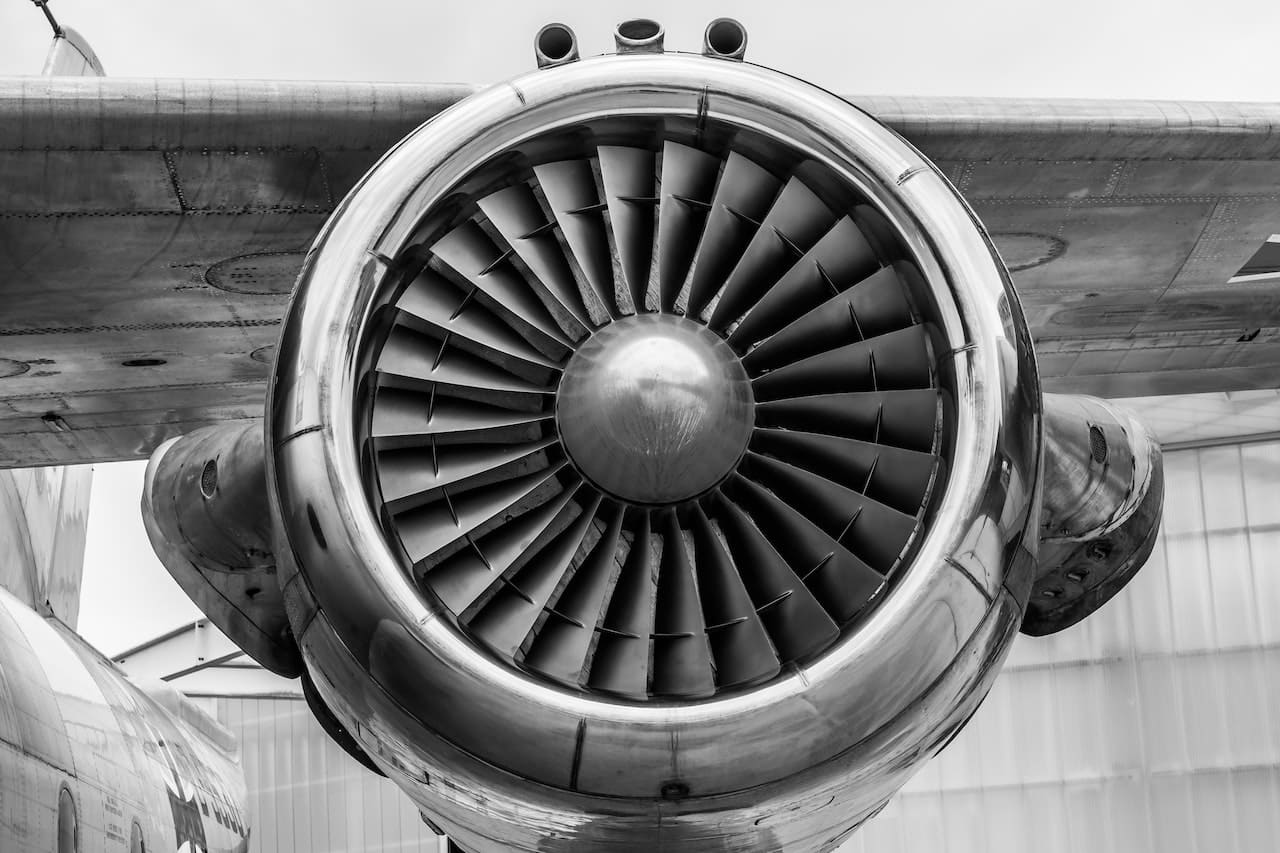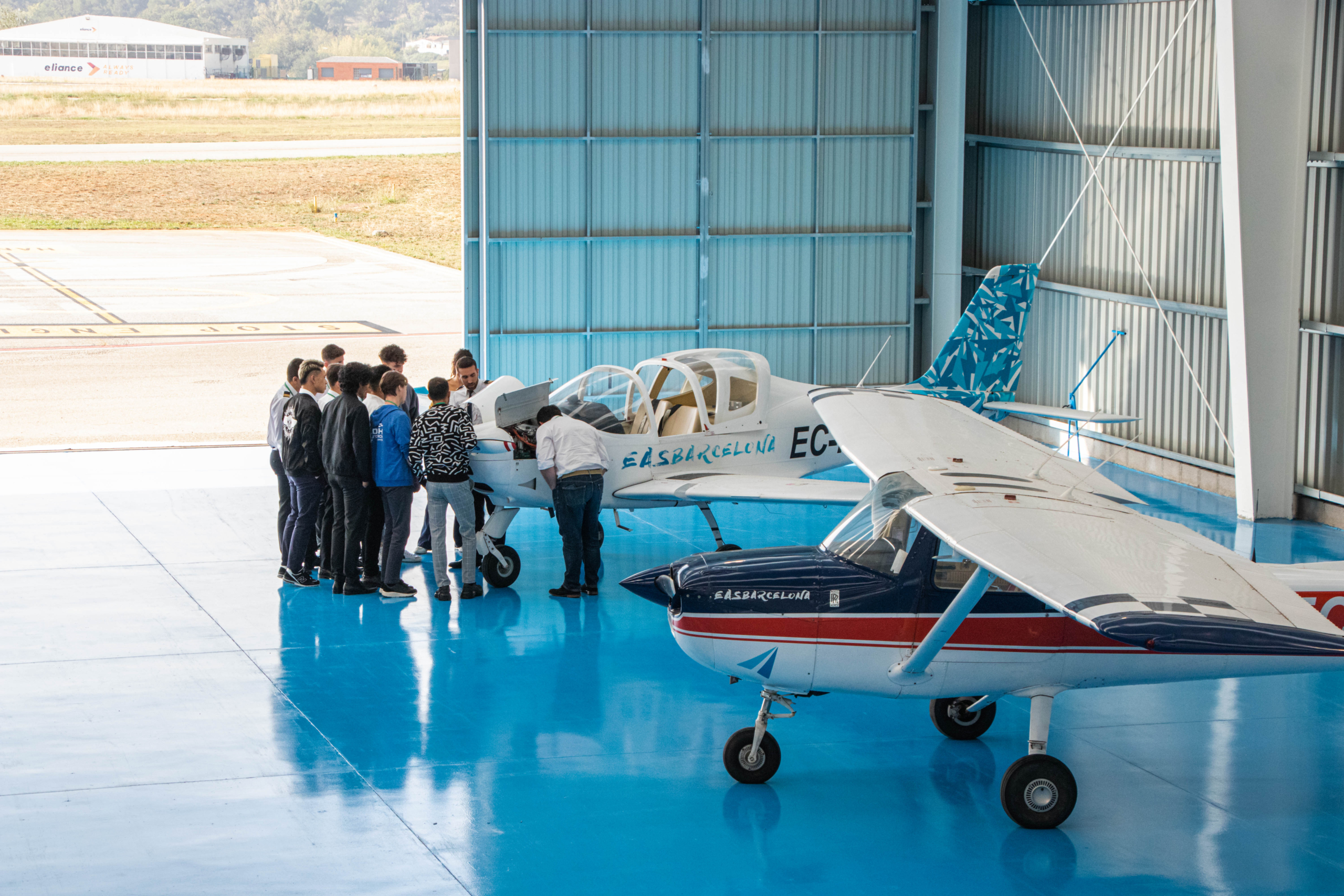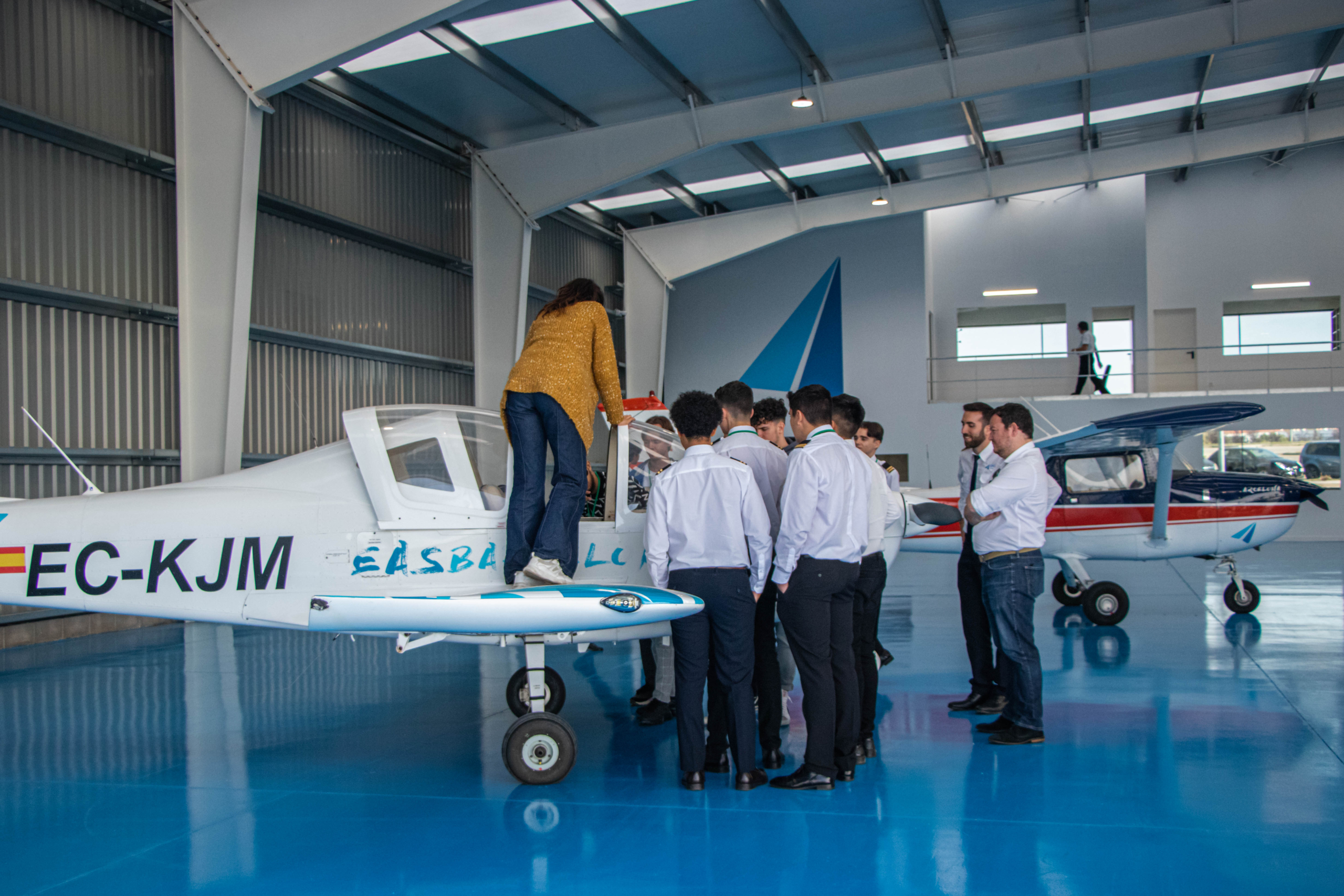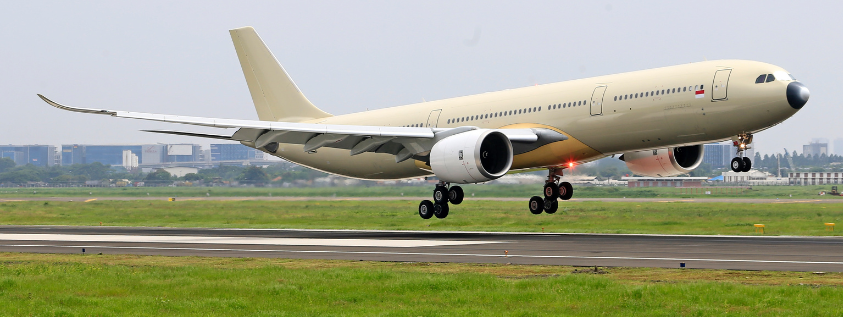When we think of pilots and aviation, we often imagine professionals who are highly skilled in aircraft operation. While it is true that technical skills are fundamental to piloting, we should not underestimate the crucial role that non-technical skills play in flight safety and efficiency. In this article, we will explore the non-technical skills that every pilot must develop to become an exceptional aviator.
Aircraft engines: types and characteristics
Aircraft engines used in commercial aviation play a vital role in the operation of airlines and in the flying experience of passengers. These engines not only propel aircraft to high altitudes and amazing speeds, but also ensure fuel efficiency and safe air travel. From advanced jet engines to reliable turboprops, engine technology in commercial aviation has evolved significantly, providing optimal performance and an unprecedented flying experience.
Aircraft engines, also known as aero engines, are the power sources that propel aircraft. They come in various types, including piston engines and gas turbine engines, which are further categorized into turboprops, turbojets, turboshafts, and turbofans.
How to Become a Pilot: The Ultimate Guide to Achieving Your Dream
Are you dreaming of becoming a professional pilot? It’s an exciting and rewarding career that requires hard work and dedication, but the end result is worth it. During the next few months, thanks to our new series of videos, we will walk you through everything you need to know about how to become a pilot.
Pathways to Becoming a Pilot: An In-Depth Look at Integrated and Modular ATPL
Does the thrill of soaring through the sky call out to you? If you’ve ever wondered how to transform this dream into reality, this is your one-stop guide. We’ll dive into the essentials of pilot training, explaining the two primary ATPL pathways – Integrated and Modular. Read until the end and watch our own video explaining everything in a great visual way.
How to pass the ATPL exams
Passing the ATPL aviation exams is an ambitious goal that entails great difficulty. These tests represent the pinnacle of the rigorous professional pilot training process. They require a thorough mastery of a wide range of subjects, from meteorology and navigation to aircraft systems and aviation regulations.
Airport codes you should know
Airport codes are a set of unique letters and numbers that identify every airport in the world. These codes are essential for communication between pilots and air traffic controllers, as well as for flight booking and route planning.
Meteorological phenomena in aviation I Significance and relevant phenomena
Weather phenomena are a fundamental aspect of aviation. Weather information is critical for decision making in flight planning, flight routing, maintaining safety during flight, and preventing aircraft accidents. In addition, weather and meteorological conditions can significantly affect aircraft performance, navigation, and communication between crew members and air traffic control.
Take-off maneuver: Everything you need to know
In aviation, the take-off maneuver is one of the essential phases of flight. It consists of the aircraft leaving the support surface (land, water, aircraft carrier, …). The purpose of the maneuver is to achieve the aerodynamic effect known as lift, which will allow the aircraft to fly.
How is the loading of an aircraft carried out?
The airplane is a means of transportation that allows us to move large amounts of cargo over long distances in a relatively short time. That is why, over the years, air transport has become one of the most efficient. Today we are going to discover how to load an airplane.
Jobs I can apply for with a commercial pilot’s license
Deciding your future after obtaining the commercial pilot license is a natural and important step for your professional career. There are several options apart from being a professional airline pilot and in this post we give you a summary of the career opportunities for a commercial pilot.
